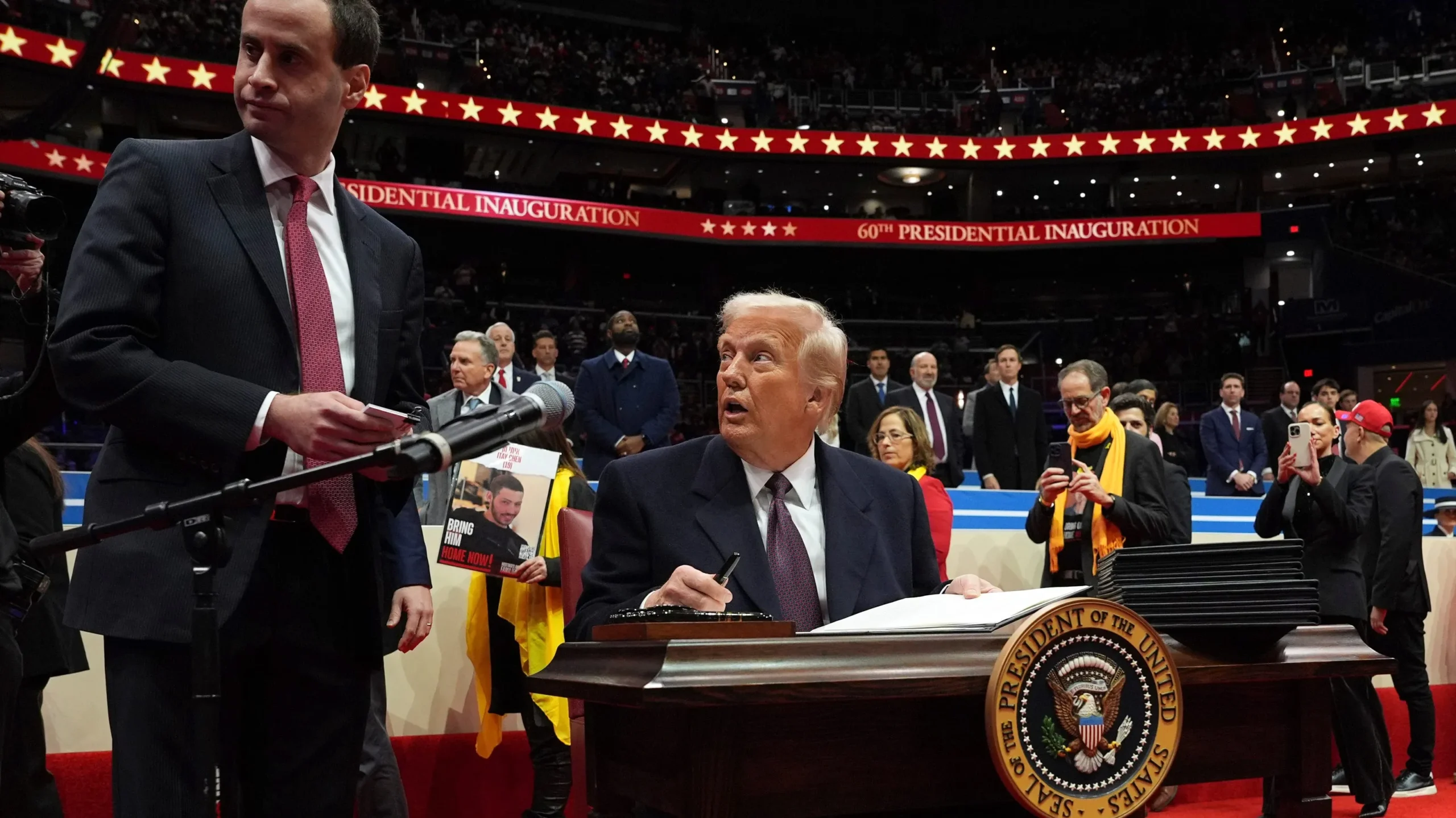Federal Workers Ordered Back to Office: What You Need to Know!
In a sweeping move that’s sending shockwaves through the federal workforce, President Donald Trump has signed an executive order mandating a full-time return to in-office work for federal employees. The directive marks a significant shift in workplace policy, potentially impacting over 2.2 million civilian government workers across the United States.
The new mandate comes as part of a broader initiative to address what GOP lawmakers describe as inefficiencies in government operations that emerged during the pandemic-era remote work arrangements. The SHOW UP Act, introduced by Representative Comer, aims to formalize the return to pre-pandemic work structures and challenge the existing telework policies.
Key points of the executive order include:
- Mandatory full-time, five-day office attendance
- Potential job termination for non-compliance
- Challenging existing union agreements
- Targeting approximately 42,000 Social Security Administration workers
“Federal workers who refuse to return to the office may face termination,” Trump stated in a recent press conference, sending a clear message about the administration’s stance on remote work.
The political landscape surrounding this mandate reflects deeper debates about government efficiency and the future of work. According to an Office of Management and Budget report, 54% of federal employees already work in roles not eligible for telework, which provides some context to the broader discussion.
Critics argue that the mandate could create significant job uncertainty. Labor unions and federal employee representatives have expressed concerns about the potential legal challenges and the abrupt nature of the directive. The Social Security Administration, which previously reached an agreement allowing some employees to telework until 2029, now finds itself at the center of this workplace revolution.
The Department of Government Efficiency, led by prominent figures like Elon Musk and Vivek Ramaswamy, supports the move as part of a broader initiative to cut government spending and increase operational efficiency. They argue that remote work has led to decreased productivity and accountability.
Approximately 228,000 civilian government workers are currently in fully remote positions, making them particularly vulnerable to these new directives. The potential impact extends beyond individual workers, touching on broader questions about government operations, employee rights, and workplace flexibility.
Legal experts suggest that the executive order may face significant challenges from labor unions and could potentially lead to protracted legal battles. The precedent set by this mandate could have far-reaching implications for future labor negotiations within the federal workforce.
As the dust settles, federal workers find themselves at a crossroads. The return-to-office mandate represents more than just a workplace policy – it’s a fundamental reimagining of how government work is conducted in the post-pandemic era.
Conclusion: The federal workforce is bracing for a significant transformation, with potential long-term implications for government operations, employee rights, and workplace culture.
Disclaimer: This article is based on current reporting and may be subject to updates as the situation develops.






Leave a Comment